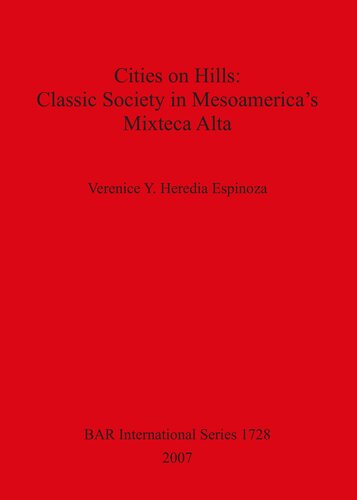

Most ebook files are in PDF format, so you can easily read them using various software such as Foxit Reader or directly on the Google Chrome browser.
Some ebook files are released by publishers in other formats such as .awz, .mobi, .epub, .fb2, etc. You may need to install specific software to read these formats on mobile/PC, such as Calibre.
Please read the tutorial at this link: https://ebookbell.com/faq
We offer FREE conversion to the popular formats you request; however, this may take some time. Therefore, right after payment, please email us, and we will try to provide the service as quickly as possible.
For some exceptional file formats or broken links (if any), please refrain from opening any disputes. Instead, email us first, and we will try to assist within a maximum of 6 hours.
EbookBell Team

0.0
0 reviewsThe study of secondary centres is crucial to understanding how a state functions, as they are important points of interaction between state authorities and ordinary households. In this work the author focuses on the nature of the political organization of the lower-level centres of the Early Classic Period (A.D. 200- 500) in the Mixteca Alta, Oaxaca, Mexico. A previous comparative analysis of architectural arrangements at secondary centers between the Valley of Oaxaca and the Mixteca Alta indicated that single plaza groups were the major form of public architecture. The author interprets these enclosed plaza groups as the residences of elite governing households suggesting dominance of secondary centres by single households in the Mixteca Alta. Conversely, in the Valley of Oaxaca secondary centres show a pattern of multiple enclosed plaza groups, indicating that multiple households shared administrative functions. The main questions addressed by the author are whether Mixteca Alta centres are characterized by a single plaza pattern, politically less centralized, or is there a broader span of control at the secondary level? Alternatively, do these single plaza groups suggest that the state vested power in single households? The focus of the research is on four secondary centres of the Mixteca Alta. Using intensive site survey and systematic random collection as the main methods of data recovery, the author has collected artefacts over whole site areas in relation to public buildings. By comparing the distribution of various artefact categories within the site limits, including costly goods, in relation to zones of the site containing public architecture, the author evaluates the degree of political centralization.